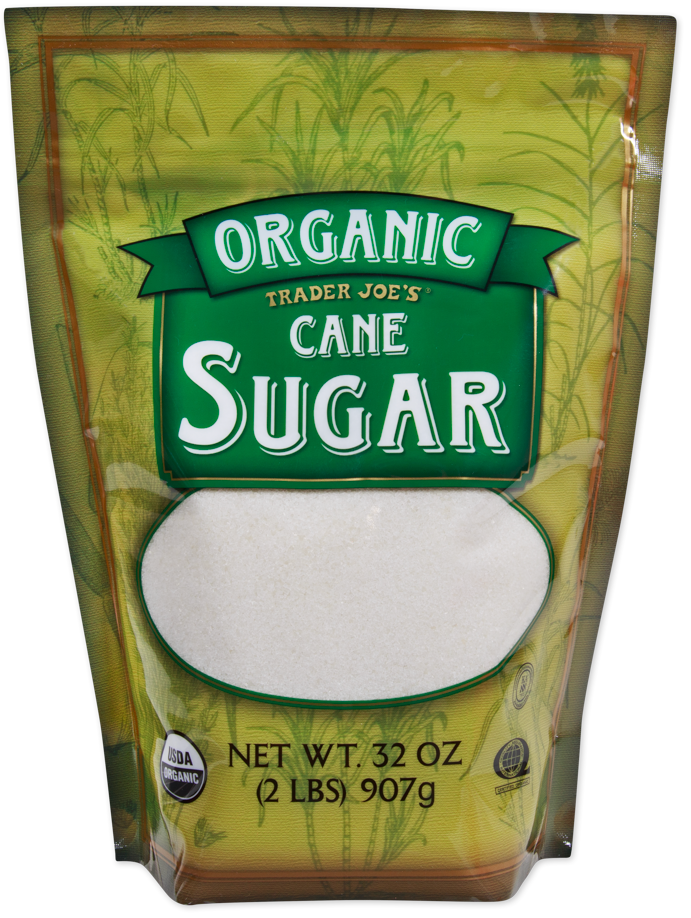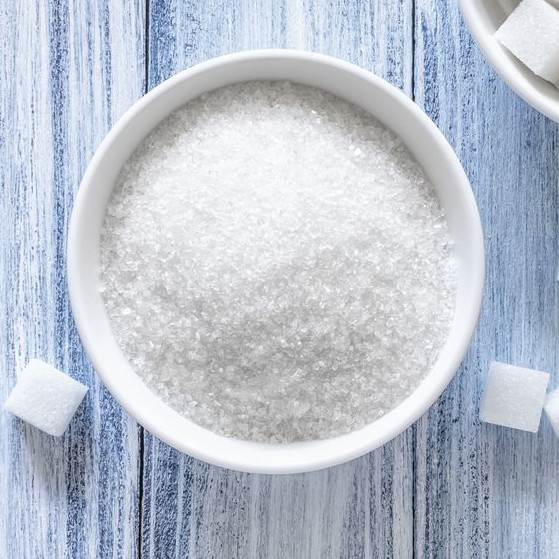The Science Behind Cane Sugar Processing: Exactly How Sweetness is Refined
The Science Behind Cane Sugar Processing: Exactly How Sweetness is Refined
Blog Article
Checking Out the Comprehensive Tips Involved in Walking Cane Sugar Processing From Collecting to Refinement
The procedure of walking cane sugar manufacturing incorporates a series of complex steps, beginning with the cautious harvesting of sugarcane and finishing in the improvement phases that make certain the final item satisfies sector standards. Each stage, from the extraction of juice to the filtration and crystallization procedures, plays a crucial function in figuring out the quality and personality of the sugar.
Harvesting Sugarcane
Collecting sugarcane is an essential step in the cane sugar processing chain, as it straight affects the quality and yield of the last product. Correct timing and methods are vital throughout this phase to guarantee optimal sugar web content and decrease losses. Generally, sugarcane is gathered when it reaches maturity, generally 12 to 18 months after growing, defined by a high sucrose focus.

Post-harvest, the sugarcane should be refined promptly to prevent sucrose deterioration. Ideally, collected walking stick needs to be moved to refining facilities within 24 hr to maintain sugar top quality. Consequently, efficient logistical planning is important to preserve the integrity of the gathered plant throughout the supply chain.
Removal Process

The crushed cane is subjected to a series of pushing operations to take full advantage of juice healing. Usually, warm water is splashed onto the crushed walking cane, producing a countercurrent circulation that assists dissolve the sugar while likewise assisting in the extraction procedure. The juice collected from this operation contains not just sugar but additionally various natural substances and impurities.

To enhance extraction performance, some facilities may use diffusion methods, where the sugarcane is taken in warm water, allowing the soluble sugars to diffuse into the fluid. The resulting juice, abundant in sucrose, is then guided to succeeding handling stages, laying the foundation for filtration and improvement. The removal process is therefore critical in identifying the high quality and return of the last sugar item.
Filtration Techniques
The filtration techniques used in walking cane sugar processing are essential for transforming the raw juice into a high-grade sugar item. These approaches primarily intend to get rid of pollutants, such as soil, plant materials, and not natural substances, which can negatively affect the final product's flavor and shade.
Among one of the most usual purification strategies is clarification. This process entails adding lime and warmth to the raw juice, which assists in the coagulation of contaminations. The resulting precipitate is then eliminated via sedimentation or purification, producing a clearer juice. In addition, making use of phosphoric acid can enhance the information process by more binding impurities.
An additional significant method is carbonatation, where co2 is introduced to the cleared up juice. This response generates calcium carbonate, which records continuing to be impurities and advertises their elimination.
In addition, turned on carbon treatment might be put on adsorb any staying colorants and natural pollutants, making sure a much more polished product. The mix of these methods efficiently prepares the sugar juice for subsequent actions in the refining procedure, establishing the phase for the production of premium cane sugar.
Formation Approaches
After the purification stage, the next critical action in walking cane sugar handling involves formation approaches, which play an essential duty in changing the made clear juice into solid sugar. This process normally uses 2 key approaches: spontaneous crystallization and regulated condensation.
In spontaneous condensation, supersaturated sugar solutions are allowed to cool naturally, leading to the formation of sugar crystals over time. This method enables for the consistent growth of sugar crystals and higher pureness.
During formation, the clarified juice is focused via evaporation, increasing its sugar content until it reaches supersaturation. Once this factor is achieved, either technique can help with the crystallization procedure. Cane Sugar Processing. The resultant sugar crystals are then divided from the staying syrup through centrifugation
Inevitably, the selection of condensation approach impacts the top quality, dimension, and purity of the last sugar item, making this step necessary in the total cane sugar handling treatment.
Improvement and Packaging
Just how can the pureness and high quality of cane sugar be better enhanced after look at this web-site formation? The improvement process plays a crucial role in achieving top quality walking cane sugar. Following crystallization, sugar undergoes an extensive cleaning to get rid of contaminations and residual molasses. This is commonly achieved making use of cozy water or heavy steam, which helps dissolve and remove unwanted elements while maintaining the sugar crystals.
Following, the sugar goes through a process called centrifugation, where it is spun at high rates to divide the detoxified sugar crystals from the staying fluid. After centrifugation, the sugar is frequently further refined via a method called carbonization or phosphatation, which utilizes triggered carbon or phosphoric acid to get rid of shade and off-flavors.
When refined, the sugar is dried out to attain the preferred wetness content, making sure that it remains steady during storage space and transport. The final step includes packaging the polished sugar in moisture-proof and closed containers to keep its high quality and protect against contamination. Cane Sugar Processing. Proper product packaging not just extends shelf life but additionally facilitates simple handling and distribution, making sure that customers get sugar that meets the highest possible criteria of pureness and top quality
Verdict
The extensive actions associated with cane sugar handling, from the thorough harvesting of sugarcane to the complex improvement and product packaging phases, emphasize the importance of each phase in her response making sure high-grade sugar manufacturing. Optimum harvesting strategies, effective removal methods, and rigorous filtration procedures jointly contribute to the end product's purity and stability. The formation and subsequent packaging techniques better improve the stability and service life of the sugar, highlighting the complexity and accuracy intrinsic in this essential farming sector.
The procedure of cane sugar manufacturing encompasses a series of elaborate steps, beginning with the mindful harvesting of sugarcane and culminating in the refinement stages that make sure the last product satisfies market requirements. Ideally, harvested cane should be moved to processing centers within 24 hours to maintain sugar top quality.In spontaneous condensation, supersaturated sugar options are allowed to cool naturally, leading to the formation of sugar crystals over time - Cane Sugar Processing. The improvement procedure plays an important role in achieving high-quality cane sugar.The comprehensive actions entailed in cane sugar processing, from the find out this here careful harvesting of sugarcane to the detailed improvement and product packaging phases, underscore the significance of each stage in guaranteeing top notch sugar manufacturing
Report this page